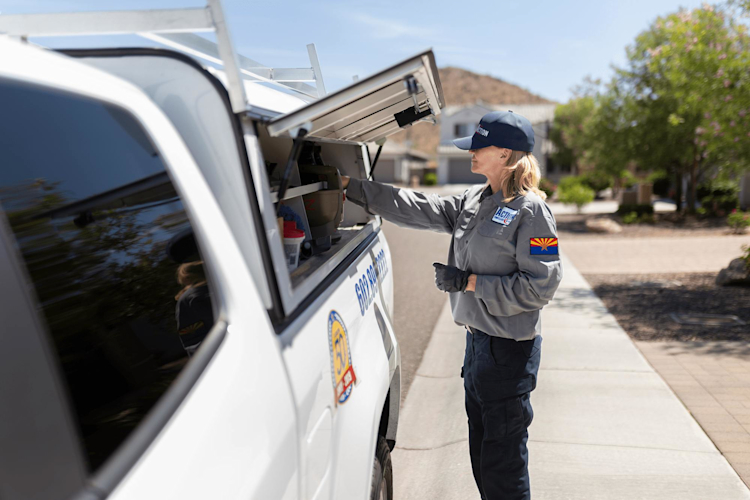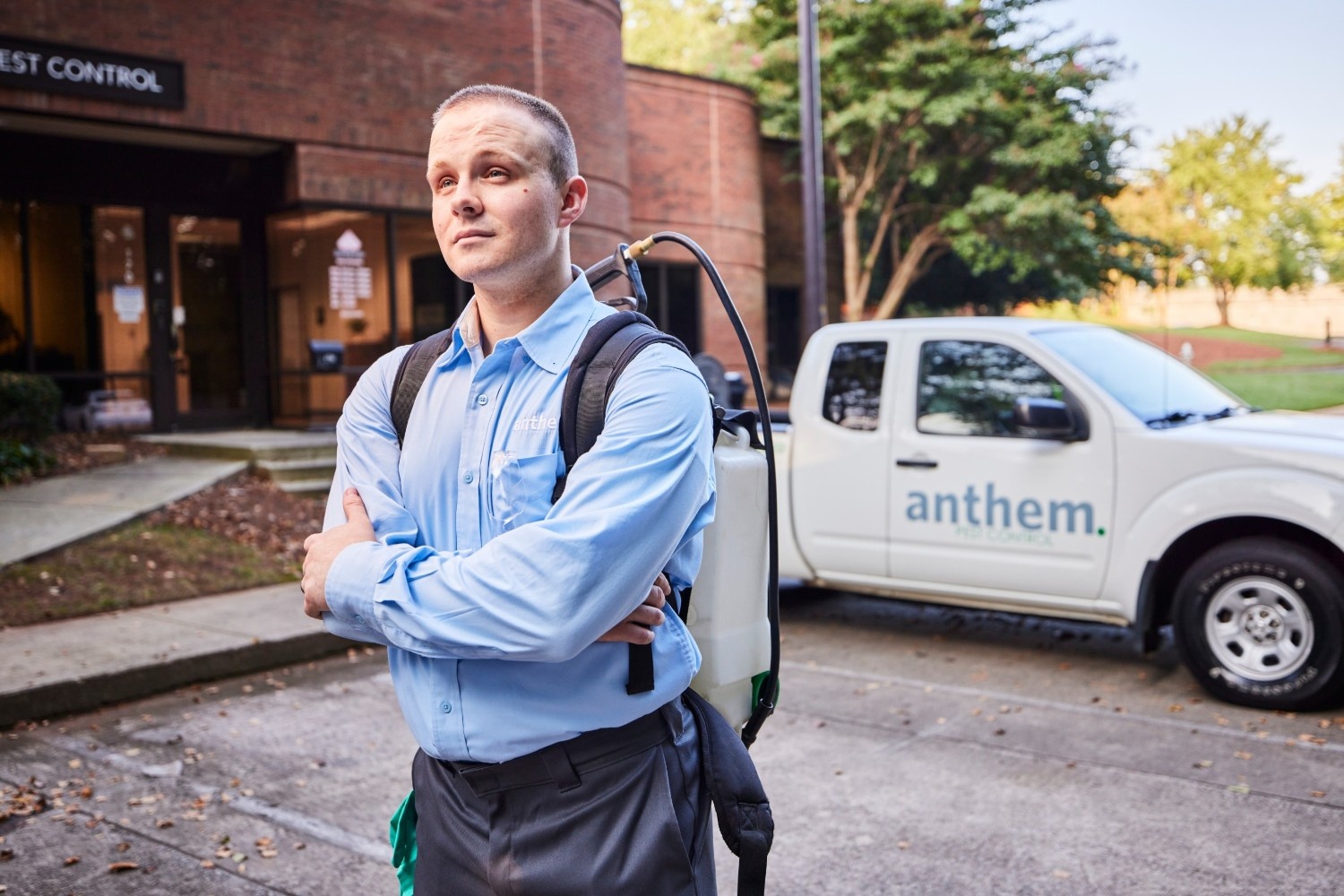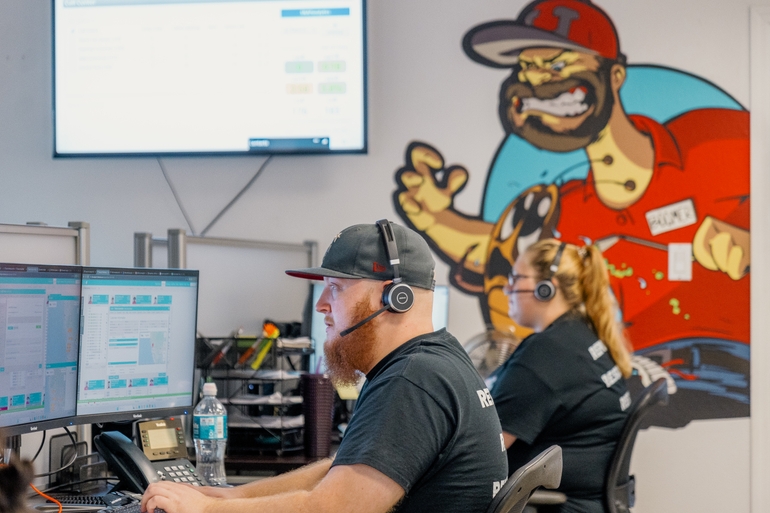Slash Fuel Costs by 20%: Routing Secrets from an Industry Leader

For AXN Growth Partners, efficient routing isn't just a goal—it's a guiding philosophy rooted in three core principles championed by Markus Konietzka:
Establish a process.
Use auditing tools.
Continuously improve.
When a pest control company does those things in FieldRoutes® software, results also can come in threes. For AXN, that means:
20% reduction in fuel expenses.
Improved team morale.
Lower turnover rate for technicians.
“FieldRoutes is awesome for routing,” says Konietzka, the director of integrations for AXN Growth Partners, which oversees ACTION Termite & Pest Control and its affiliates. “I'll say that again and again. It has that optimization model built in.”
Konietzka, a former technician who parlayed video gaming expertise into routing excellence for ACTION, offers tips and strategies that companies of all sizes can use to maximize their results in using FieldRoutes software. And you can hear more from Konietzka in this FieldRoutes webinar or in this episode of the Pest in Class podcast.
Set up subscriptions properly, limit constraints
To maximize efficiency, ensuring that customer preferences such as preferred time, technician, or day are accurately reflected in their FieldRoutes subscriptions is all a part of establishing process.
But Konietzka also says these act as constraints for optimization. And fewer constraints mean better results if you’re using the Fill Routes tool in FieldRoutes to identify gaps in scheduled routes and fill them with the best-fit appointments, leading to tighter, more efficient paths.
Konietzka, who suggests Fill Routes use if your business offers more than a couple of service frequencies, recommends making limited use of scheduling that requires a specific time and date.
“It should only be used for your high-end clientele," he says, suggesting commercial clients.
If those customers are used as anchors, the Fill Routes tool can then build out schedules around them using other appointments in the same region.
Use visual grouping
Grouping the customer base visually by regions—dividing 400 customers into four regions of 100 each, for example—provides more routing stability regardless of possible technician turnover, he says.
"Another factor for why I prefer routing by region is that you can still use preferred tech within the routing by region," Konietzka says. "It's not limiting it to that."
Analyze and audit routes
Don’t just run the routes. Now it’s time to dig in.
After Fill Routes has completed its work, Konietzka says, a routing manager or coordinator should review the results to see if any appointments might fit better on another route.
"Some routes, if you're looking in a geographical context, will jump out at you," he says of spotting changes you should make. "It might be easier to see as compared to an Excel spreadsheet and just looking at data."
The route reporting tool in FieldRoutes gives companies a powerful asset for improving efficiency. Route reports can contain numerous data columns related to routes, services, appointments, start and end times, distances, and production and route values.
Reports can be exported as CSV files, and creating pivot tables can help routing managers see KPIs such as production value per tech for a month or production value per mile, which Konietzka considers two of the industry’s most important.
"If you have multiple branches, you can compare different routes," he says. "You can even compare routes within multiple departments to see which are truly driving the most production per mile. So this is truly helpful."
Managers can also analyze routes that exceed certain distances and work to make them more efficient and better drive production goals.
"You can go in a lot of different directions with this, and I truly recommend taking the time to do so," he says. “There is a lot of value in here.”
Champion improvement
Konietzka is a proponent of the Kaizen approach to continuous improvement, the principle that small, consistent adjustments can deliver significant improvements or strong results for an organization.
"Everything can be better, so let's make it better," he says.
Konietzka’s efforts on that front included eliminating constraints within FieldRoutes’ subscription settings, using Fill Routes to optimize routes, and taking advantage of route reports and analysis generated from the platform.
Celebrate your results
Besides reductions that have saved fuel and increased profitability, Konietzka’s approach has helped bolster team morale at AXN.
"A 20% reduction in gas means these people are spending 20% less time on the road," Konietzka says of technicians. "Now they've got 20% more time with their family or friends. So that's a big win for us.
"And not only that, we're spending less money. So good returns on that."
He also says the AXN companies are leaders in the industry regarding employee retention.
“Our techs: They're here, and they stay here because we focus on them,” he says. “We want to make their lives better. If you focus on your team, that's going to permeate throughout the whole organization.”

Markus Konietzka on routing
"I know what it means for another appointment. It's not just dots on a screen for me. I know the sweat and the pain of some of these jobs. I have a really deep sense of empathy, and I think that's a great trait for a great routing manager. But I also knew what a good route looked like."
"If we're talking pest control, what's a great route is 18 to 20 stops. To have that within a 20-mile radius would be ideal. For termites, I want to see money, and I don't want to see windshield time. When I was a termite technician, if I had $4,000 on a day, that was awesome because my take-home for that day was great. That was a paycheck, essentially."
"FieldRoutes has a premium API connection. Routing to improve at scale is really looking at the data closely and honing in on those internal processes that you have via the communication with the routing coordinators and your CSR.”
"Getting a process, using the auditing tools, and then just continually improving. If you focus on those things, you're going to be in better shape than you were before."





